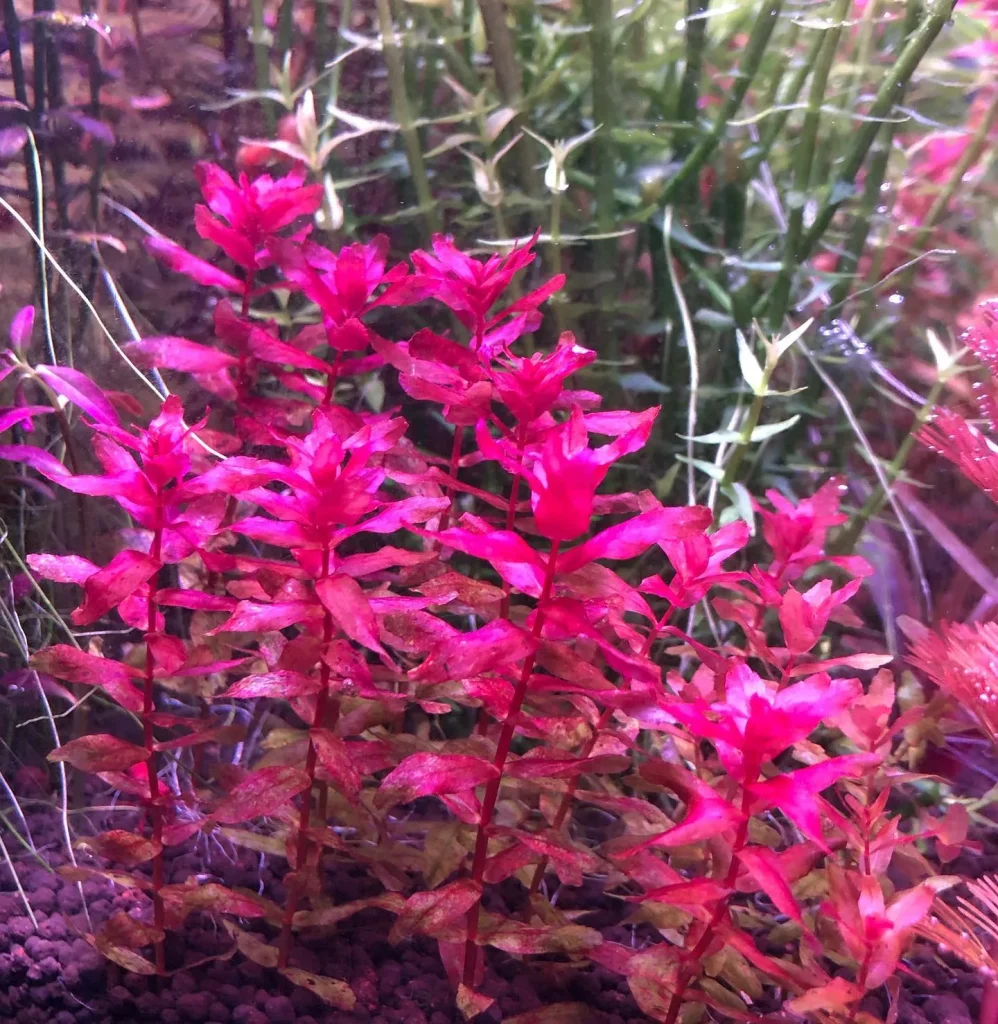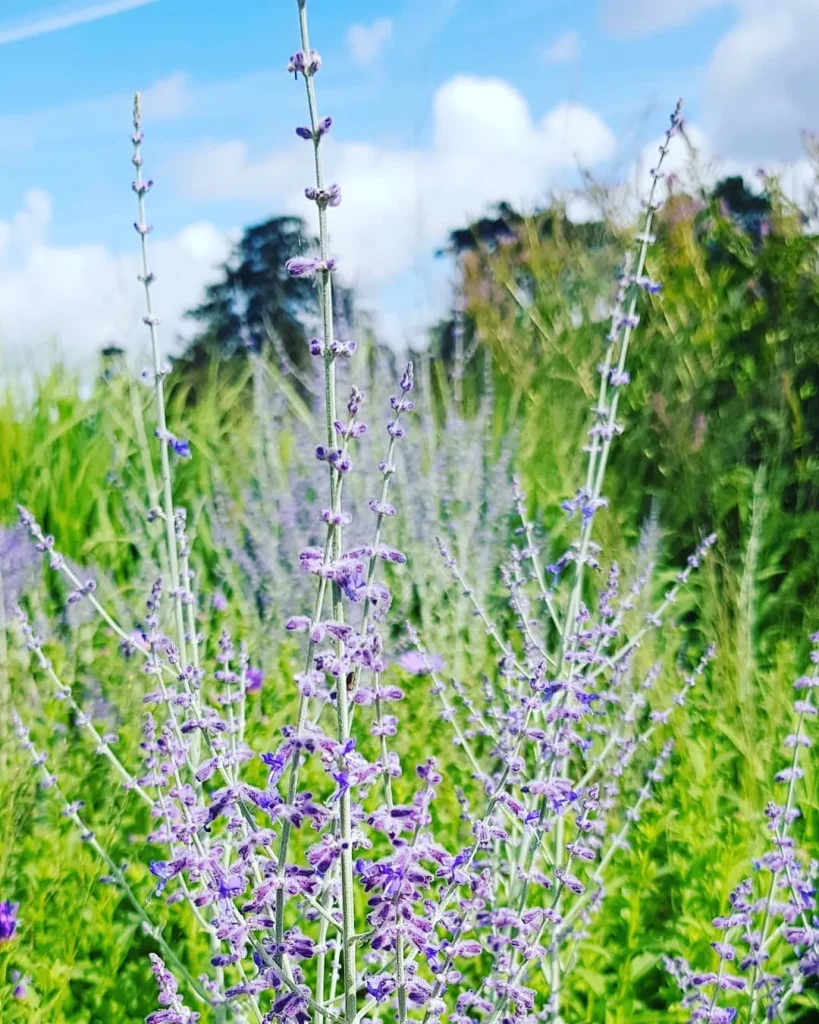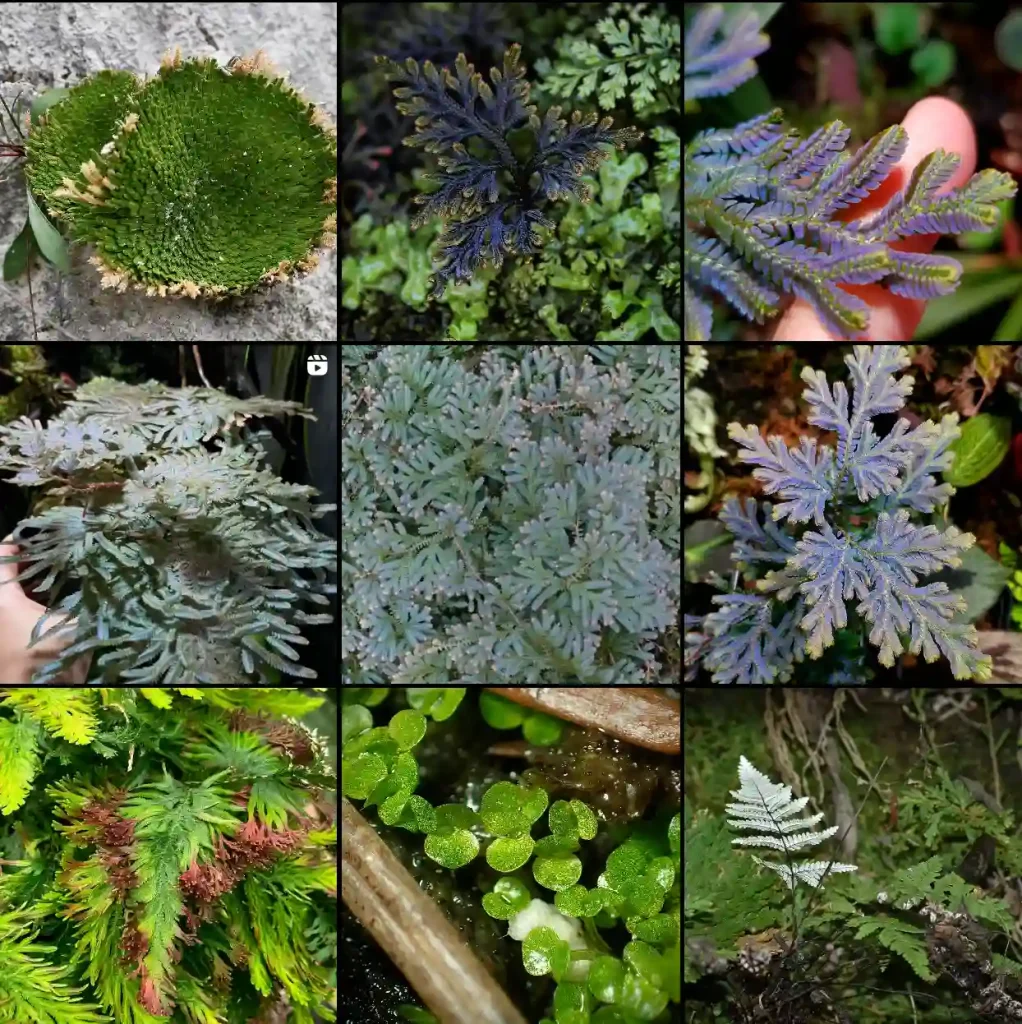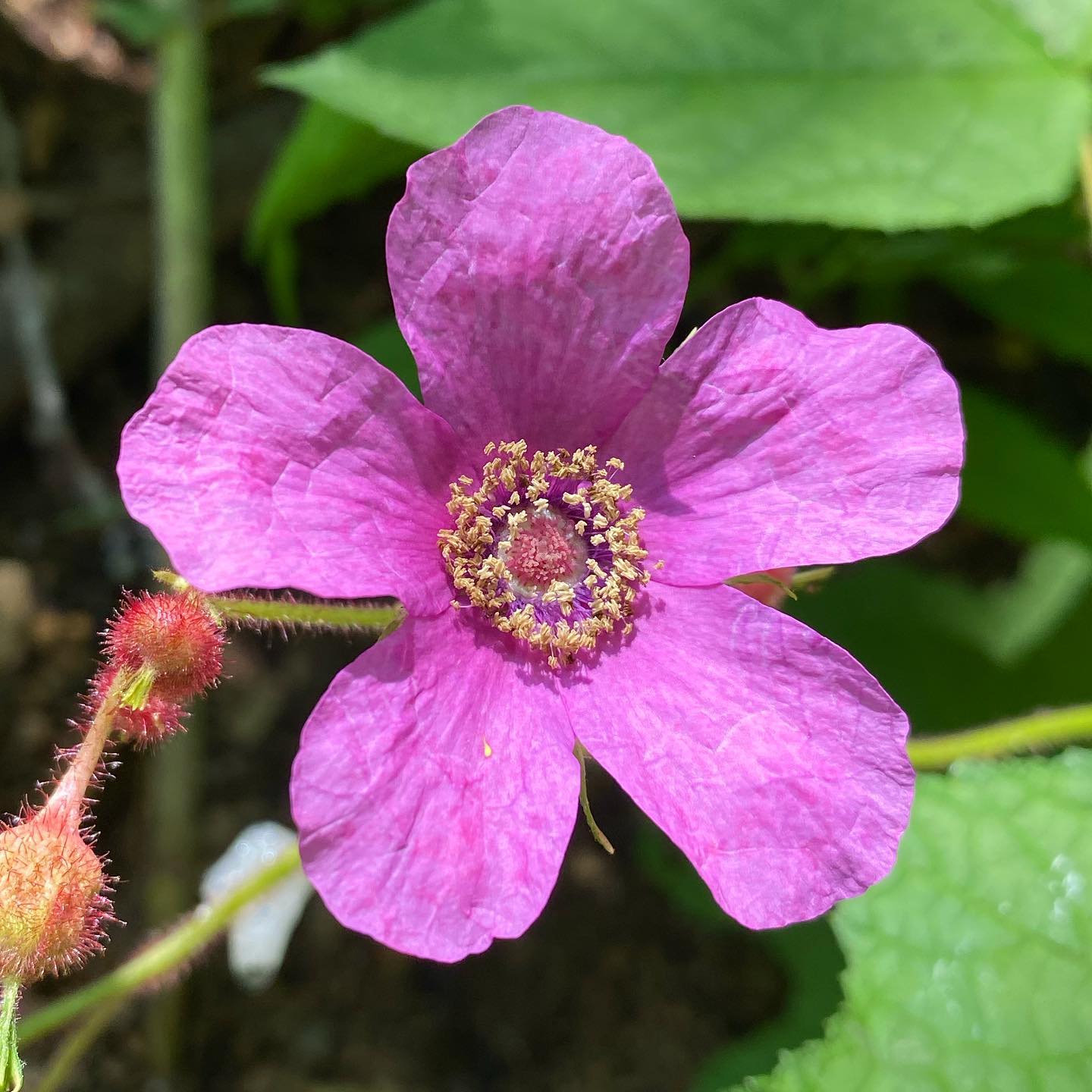My Journey into the World of Caricaceae
As a seasoned botanist, Ferb Vu, I’ve always held a fascination for the diverse plant families that populate our planet. From the towering giants of the rainforest to the delicate wildflowers that grace our meadows, each family tells a unique story of evolution and adaptation. Today, I want to share my deep dive into the captivating world of the Caricaceae family, also known as the papaya family.
Unveiling the Caricaceae Family
The Caricaceae family is a relatively small but intriguing group of flowering plants, primarily found in tropical and subtropical regions of the Americas. The family is best known for its most famous member, the papaya (Carica papaya), a fruit enjoyed worldwide for its sweet flavor and nutritional value. However, the Caricaceae family encompasses a wider array of plant species, each with its own distinct characteristics and ecological roles.
A Closer Look at the Genera
Let’s explore genera within the Caricaceae family:
- Carica: This genus includes the papaya, along with several other species. Papaya trees are fast-growing, herbaceous plants with large, palmately lobed leaves and distinctive, melon-like fruits. – 3 Species in Genus Carica
- Vasconcellea: This genus comprises a diverse group of plants, often referred to as “mountain papayas” due to their preference for higher altitude habitats. Vasconcellea species exhibit a range of growth forms, from small shrubs to towering trees.
- Jacaratia: This genus is characterized by its spiny trunks and branches, an adaptation that deters herbivores. Jacaratia species produce small, fleshy fruits that are consumed by birds and other animals.
- Cylicomorpha: This genus is native to Africa and is represented by a single species, Cylicomorpha parviflora. This plant is a small tree with unusual, cylindrical fruits that are eaten by primates.
- Horovitzia: This genus includes a few species of small trees or shrubs found in Central America. Horovitzia plants produce small, inconspicuous flowers and fleshy fruits.
- Jarilla: This genus comprises a few species of shrubs or small trees native to Mexico and Central America. Jarilla plants have simple leaves and produce small, berry-like fruits.
Distinctive Characteristics
The Caricaceae family shares several key characteristics that set it apart from other plant families:
- Growth Habit: Most Caricaceae plants are fast-growing, herbaceous or semi-woody plants. They often lack true bark and have soft, succulent stems.
- Leaves: The leaves of Caricaceae plants are typically large, alternate, and palmately lobed. They are often clustered at the top of the plant, creating a distinctive canopy.
- Flowers: The flowers of Caricaceae plants are usually unisexual, meaning they are either male or female. They are often small and inconspicuous, but some species have showy, fragrant blooms.
- Fruits: The fruits of Caricaceae plants are typically fleshy berries or capsules. They vary in size, shape, and color, depending on the species.
- Latex: Many Caricaceae plants produce a milky latex, a sticky substance that can be irritating to the skin and eyes. This latex contains enzymes that play a role in the plant’s defense against herbivores.
Ecological Importance
The Caricaceae family plays a vital role in the ecosystems where it occurs. The fruits of Caricaceae plants are an important food source for a variety of animals, including birds, mammals, and insects. The leaves and stems of some species provide shelter and nesting sites for wildlife. Additionally, Caricaceae plants contribute to soil conservation and nutrient cycling.
Economic and Cultural Significance
The papaya, the most well-known member of the Caricaceae family, is a major fruit crop in many tropical and subtropical regions. It is cultivated for its delicious fruits, which are consumed fresh, processed into jams and juices, or used in traditional medicine. Other Caricaceae species have local uses as food, medicine, or ornamental plants. The Caricaceae family also holds cultural significance in some regions, with certain species playing a role in traditional ceremonies and beliefs.
Conservation Concerns
While some Caricaceae species are widespread and abundant, others face threats due to habitat loss, overexploitation, and the introduction of invasive species. Conservation efforts are crucial to protect the biodiversity of this unique plant family and ensure its continued ecological and economic contributions.
In Conclusion
The Caricaceae family, with its diverse array of plant species, offers a fascinating glimpse into the wonders of the plant kingdom. From the iconic papaya to the lesser-known mountain papayas and spiny Jacaratia trees, each member of this family contributes to the tapestry of life on Earth. As a botanist, I am continually inspired by the beauty and resilience of the Caricaceae family and the important role it plays in our ecosystems.
I hope this journey into the world of the Caricaceae family has sparked your curiosity and appreciation for the remarkable diversity of plant life on our planet.
If i die, water my plants!



